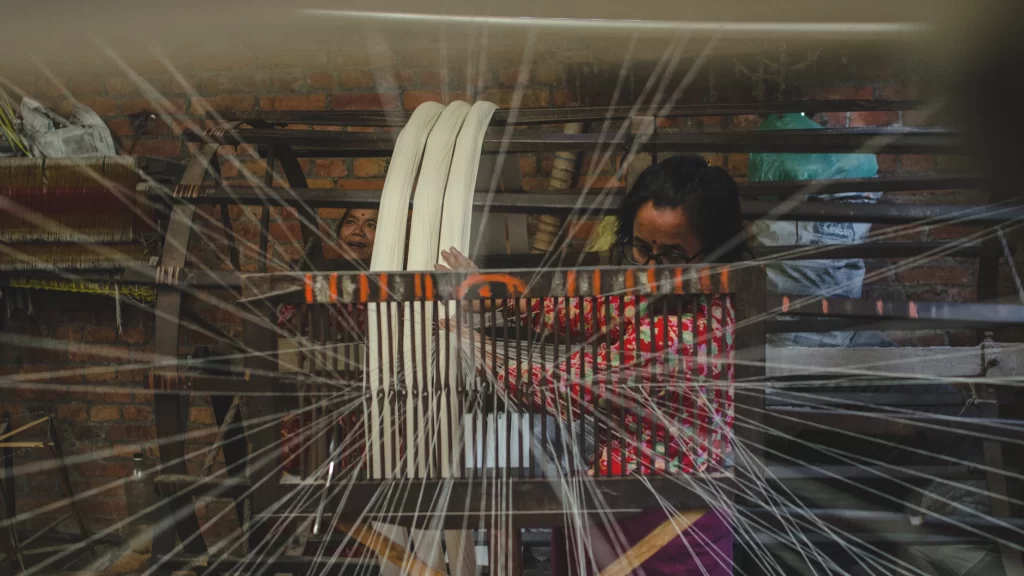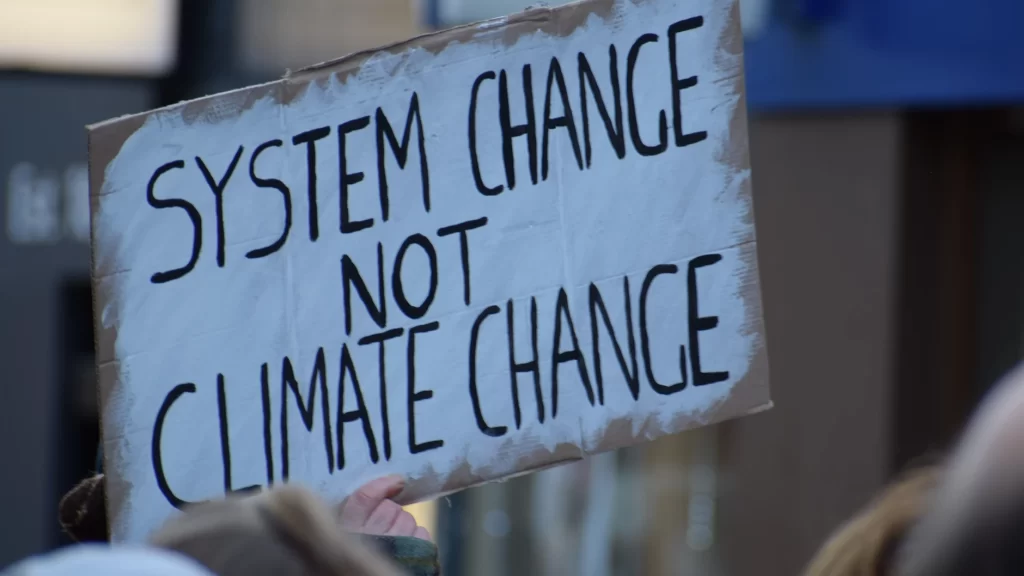Every time we speak of sustainability, the conversation invariably circles around to plastic and how we can and should stop buying and/or using plastic. Plastic seems to be the omnipresent evil. And it is everywhere. In our bottles, in our clothes, in our ‘paper’, in our food, and if recent reports are anything to go by, even in our placentas, breastmilk and bloodstreams. Yes, plastic’s literally running through our veins.
But could we, in our plastic-centric conversation have over-simplified the issue at hand?
The point of plastic
Plastics were born in response to the search for a hardy, durable material. The different kinds of plastics we know of, today, have this one thing in common: Durability. It’s the same quality that prevents them from breaking down in landfill. When it comes to clothing, it is this very same quality that makes polyamide-based clothing desirable and popular. It can last for years and years, without ripping, staining or fading. It can easily be adapted to suit different requirements and purposes, it’s easily available and it brings down the price of a garment. In fact, one school of sustainability does believe that polyester T-shirts are, in fact, preferable to those made from natural fibres, because they allow you to be minimalistic, precluding the need to buy more often because your garment has worn out.
Polyamide-based materials like nylon, Lycra, spandex and elastane are also stretchy, water-resistant and sweat-wicking, which makes them the best options for performance wear and swimwear. And while some eco-friendly alternatives to these do exist, they will take a while before they become mainstream. And, these, too, need to be mixed with a certain amount of Lycra, spandex or elastane to make them comfortable and stretchy enough. Similarly, most vegan accessories are either made from PU (polyurethane) or PVC (poly-vinyl chloride), both of which are plastics. PU is also an important binding agent in most plant-based leathers, which, without the PU, would not really be viable.
What this boils down to, then, is that plastic and polyester, whether we like it or not, isn’t something we can get around or wish away. It is also, in many ways, essential—while not to our existence, but certainly to our lifestyle.
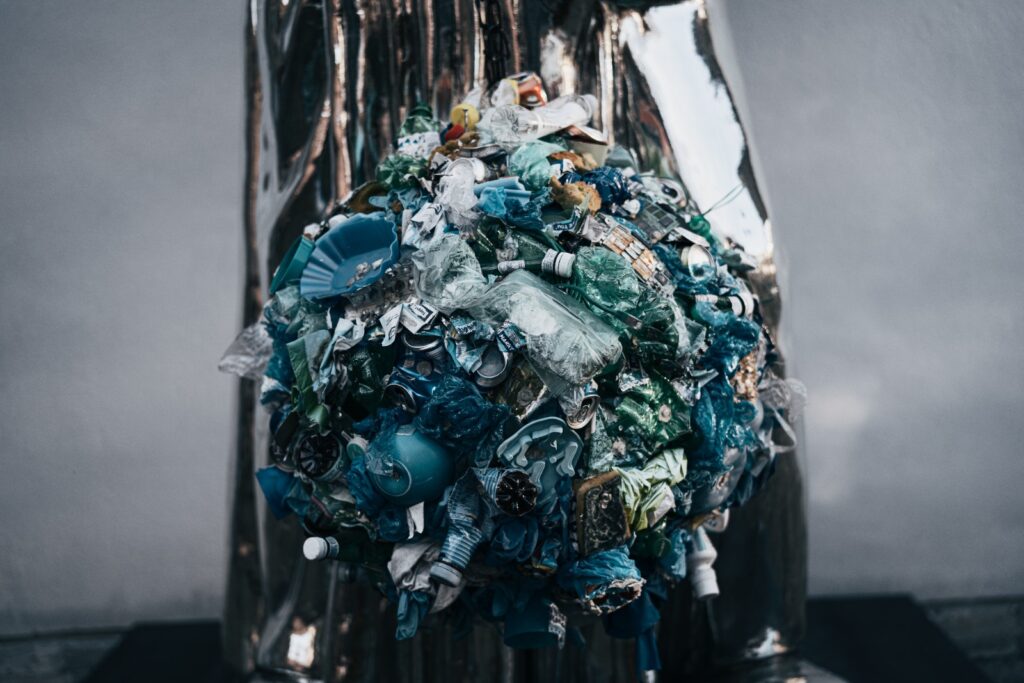
The problem with plastic
You’ve heard it ad nauseum: Plastic does not biodegrade. When sent to landfill, it will sit there, intact, for decades if not centuries! If incinerated, it gives off toxic fumes and greenhouse gases. When washed, it releases microplastics into our soil and water bodies, and when worn, those microplastics leach into our own bodies. Polyester-based clothing also doesn’t allow the skin to breathe—especially terrible for tropical weather like ours or when you’re sweating into it, while working out, which also happens to be the most common use of polyester.
But all of this information, while true, places the responsibility of staving off plastic and reducing plastic consumption on the consumer alone. It is also only the tip of the iceberg, because plastic and polyester-based clothing is, in fact, much more problematic than what you’ve heard. From the raw materials used in the production of plastic-based fabrics, to the impact of the production process all the way to the scale of production, all of which is also bolstered by an incredible amount of greenwashing…cheap clothing comes at a massive cost to the planet.
The real problem with plastic lies in its scale of production and in the fact that it appears in places it has no business being in. Like our buttons, our clothing tags and our packaging. Many conscious brands have shown the way, when it comes to using alternatives like wood and coconut shells for buttons, and recycled paper, seed paper or even cloth labels instead of plastic tags, and reusable packaging made from upcycled or soluble fibres. The reason this is not being adopted by larger brands is not because it is hard to do or that it will drive up their cost. If small businesses with less bandwidth and margin can adopt these practices, it can’t be that hard. But, that is unprofitable for different, more insidious reasons, altogether.
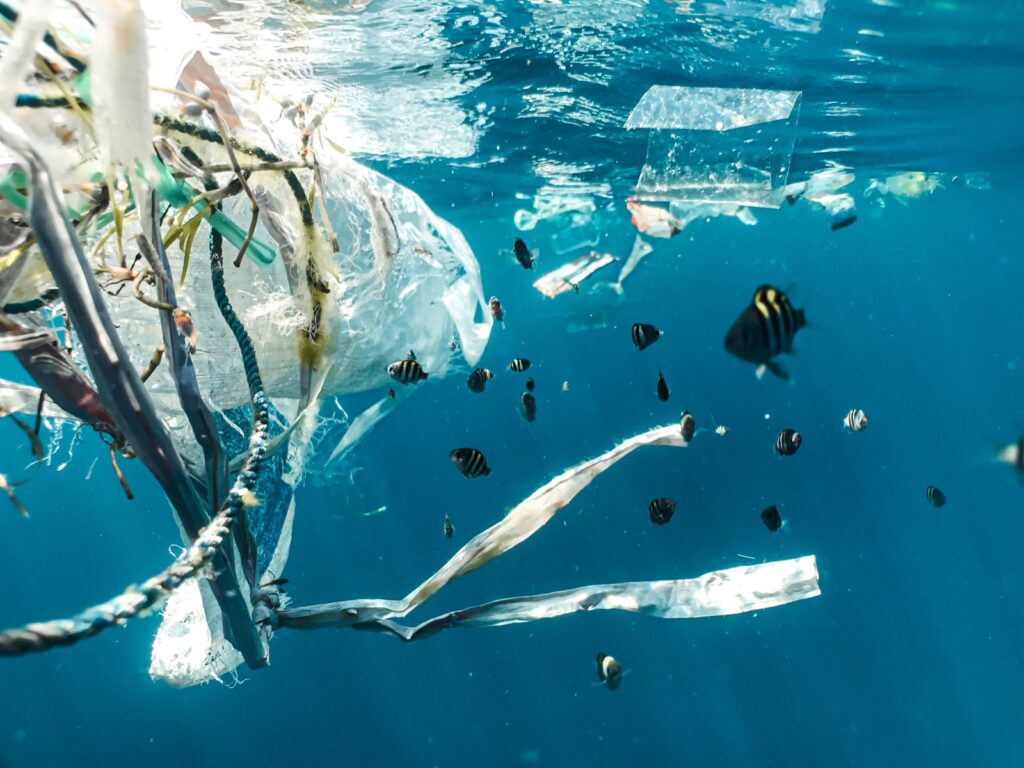
A deep dive took me down a entire rabbit hole, where the finance industry, the fossil fuel industry, and a whole bunch of other industries, including fashion, collide. What it all boils down to, is that polyester, which is made from petroleum, helps fuel the fossil fuel industry. It isn’t so much the reduced cost of the garment, but the connection between the fossil fuel and finance industries that make the unchecked production and use of polyester and plastic in our clothes profitable. For a greater understanding, I strongly recommend watching WWF’s Our Planet: Too Big to Fail.
While many brands have been talking about recycled polyester as a way around the issues of virgin polyester, for a while now, it is important to understand that this isn’t as viable a solution as it is made out to be. Firstly, less than 1% of the clothing sent for recycling is actually recycled. Secondly, for the recycled polyester to be strong enough to serve its purpose, it needs to be reinforced with virgin polyester. So even in the recycling of the material, more virgin material has to be produced. Thirdly, recycled polyester needs a greater degree of processing, especially, bleaching and dyeing. Fourthly, and most importantly, most of the recycled plastic available in the market, today, is made from water bottles and not from used polyester. ‘This is a false solution,’ says George Harding-Rolls, Campaign Manager at Changing Markets Foundation. ‘It removes valuable material from closed-loop bottle-to-bottle recycling systems and puts it into a linear system that’s destined for landfill or incineration.’ The bottom line is, plastic bottles are best kept as plastic bottles, and not converted to clothing—no matter how virtuous wearing something made from plastic bottles makes you feel!
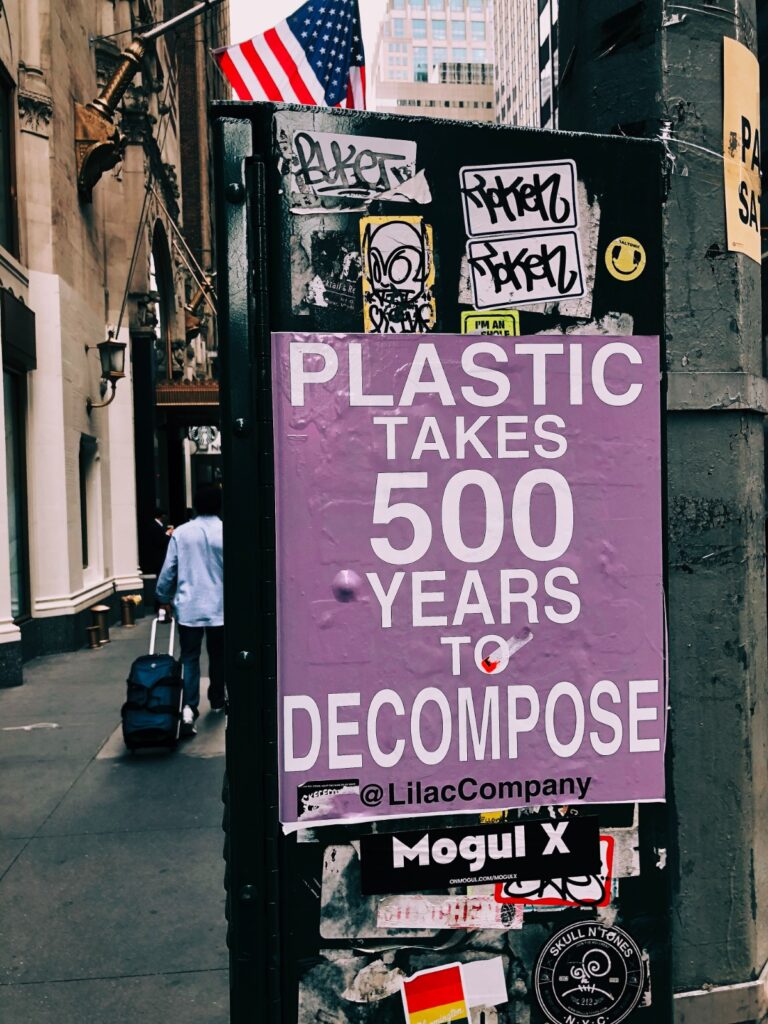
The way ahead
In an ideal world, producer and extended producer responsibility would ensure better practices. Brands would embrace degrowth and would be more mindful of how much polyester-based clothing they are producing and how. Though we do have some positive news, to that end. ASOS recently announced that they were ‘right-sizing’ their stock. In fact, their FY2022 inventory was down by 15%, and their target for FY2023 is a 20% reduction. In fact, they’ve even reported a 0.8 million decrease in customers, in the first half of this year.
As consumers, we have the power to vote with our wallets. We can demand better, and we can choose who we give our money to and buy from. A good place to start is by turning to homegrown conscious brands that follow more sustainable practices, and often have better material alternatives. If you must buy something that’s only available in a polyester or other polyamide-based option, look for preloved. Buying new should be your last resort. Always remember to flip the label and ask #WhatsInMyClothes. And of course, look after the clothes you already own and follow best practices for care.


